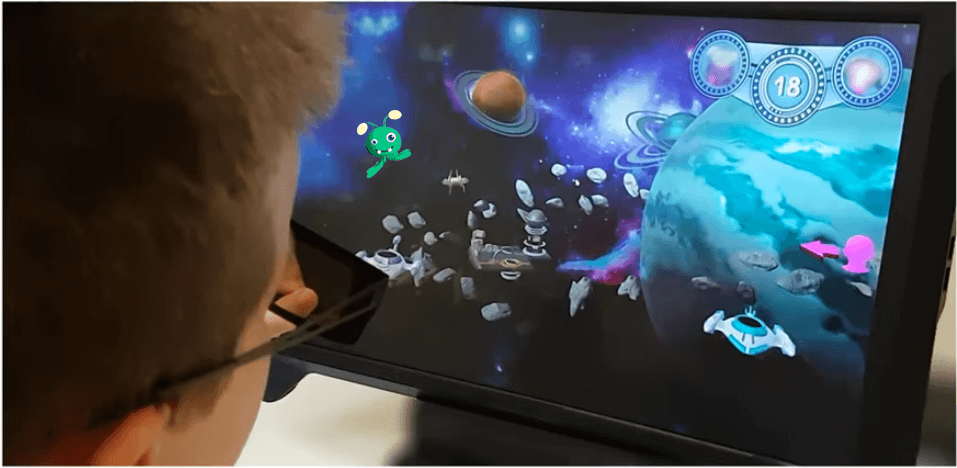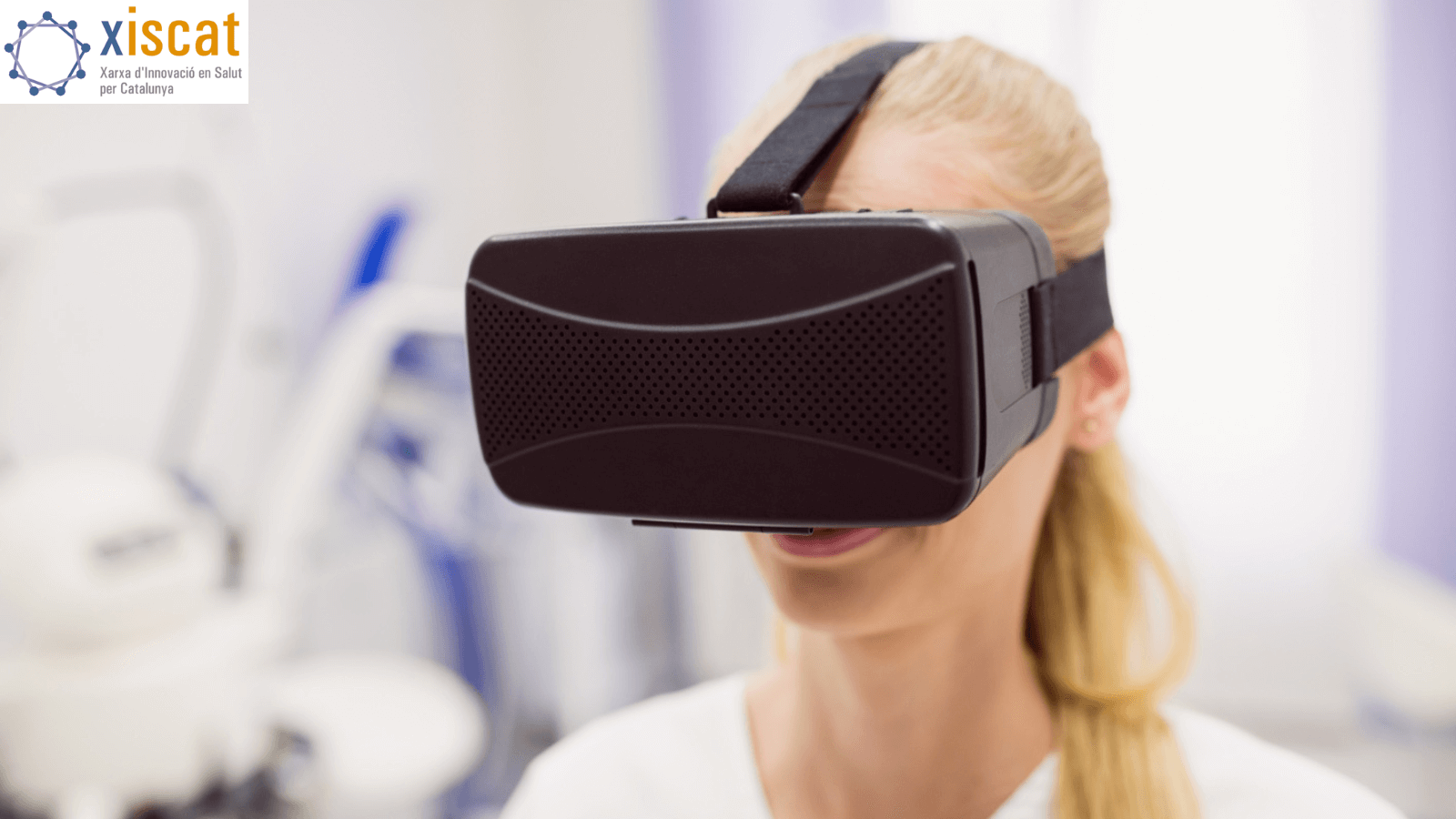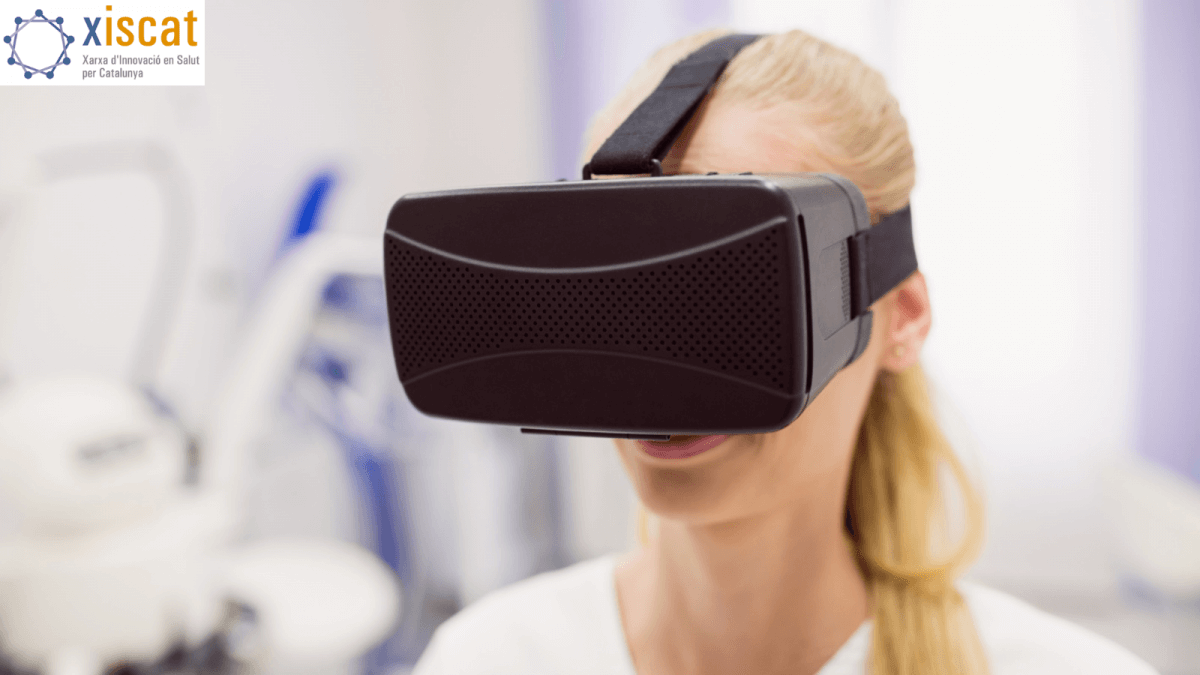Applications of Virtual Reality in health
This post is also available in: Español (Spanish)
On Wednesday 24 March 2021, the II Innovation Café organised by XISCAT was held, a session focused on “Virtual Reality applications in health”.
Eva García Ramós, CEO and Co-founder of WIVI Vision, participated in the event to talk about her experience with virtual reality, along with other speakers such as Xavier Palomer, CEO at Psious, and Ignasi Capella, Co-founder and CMO at BroomxTech. During the session, the participants explained how they bring value to health with virtual reality, focusing on the innovative and clinical part of the different projects in which they are involved.
Sílvia Cufí, Corporate Director of the Fundació TIC Salut Social, presented the Virtual Reality in Health Report, which provides interesting data on the exponential growth of the virtual reality market. Some of the factors that have made this possible are: the reduction of the costs of the main devices, the improvement of services, the increase in supply and accessibility to this technology.
The opportunity to improve people’s eye health with technology
In Europe there are 15 million children with severe visual impairment and a 20% prevalence in adults. These vision problems can affect reading, and are even confused with ADHD and dyslexia. In addition, confinement has increased the time of exposure to screens and has led to various effects on vision, for example blurred vision after prolonged visual tasks on the computer.
These are vision effects that are not corrected by glasses alone, and traditional methods of vision therapy are very manual, with lengthy treatments and more subjective measurements. However, thanks to technology, detection and treatment methods can progress.
“We focus on analysing how you see your world, how we present it to you and how we detect it, but also how we train it to recover visual efficiency”
Eva García Ramos
In this sense, as defined by Eva García Ramos, “WIVI is like a netflix of vision, with different services that focus on the detection and treatment of visual dysfunctions that affect different areas such as binocularity, reading, exposure to screens…“. The solution, which relies on Virtual Reality and Artificial Intelligence, is diagnosed for children, young people and presbyopes.
Virtual reality and product customisation for each user
WIVI Vision is a solution that combines Virtual Reality with Artificial Intelligence.
“When you create a product, it is important that it has the technology, but it also has to be backed by scientific evidence”, Eva García Ramos said at the event. WIVI, apart from helping the specialist in an objective measurement, performs a visual assessment and training through gameplay. They are 3D clinical games, immersive and non-invasive, where a unique user experience is mixed with an objective measurement.
At WIVI, Virtual Reality helps us to personalise the service for each user, because we don’t all see the world in the same way and we have to stimulate it differently for each person. “We focus on analysing how you see your world, how we present it to you and how we detect it, but also how we train it to recover visual efficiency”, says Eva.

The advantages of virtual reality in WIVI are:
- Reduction of session times and complete treatment.
- Measurement of different visual areas at the same time, not 1 at a time.
Treating for less regression. - Personalisation of unique user experiences with 3D visualisations.
- Increased user motivation and lower treatment drop-out rates.
“Technologies have come to improve people’s quality of life. Regarding Virtual Reality, we believe there is an important collaboration issue, where the user is more motivated and shows how he or she really behaves,” Eva comments at the event.
Thank you so much to XISCAT for having the experience of our CEO and Co-Founder, Eva García Ramos and the use case of WIVI Vision. And special thanks to Sílvia Cufí and Elena Medrade for inviting us to this interesting Innovation Café.
You can access the full presentation here:



